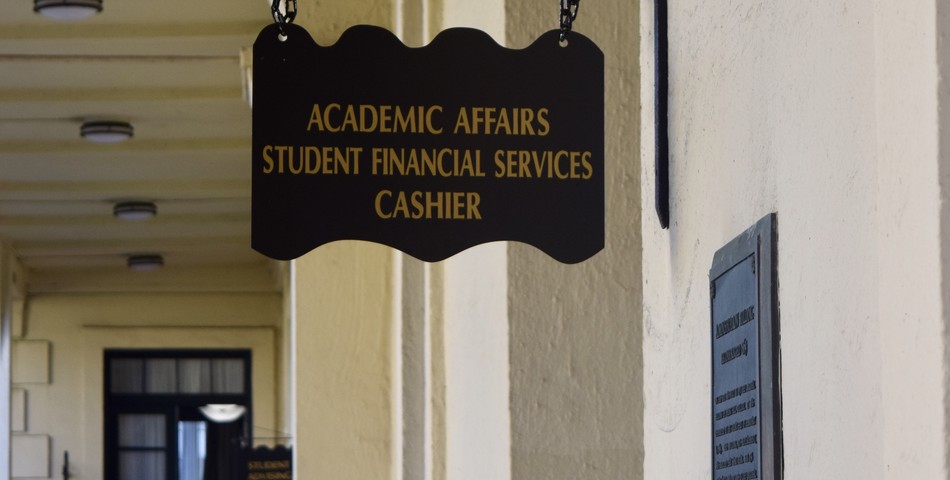On Thursday Nov. 2, 2017, House Representative unveiled a new tax cut plan.
According to CBS, this tax cut plans to “slash the corporate tax rate, lowers taxes for most Americans but limits a cherished deduction for homeowners as President Trump and the GOP seek to deliver the first tax revamp in three decades.”
Bethany Brown, Associate Director of Financial Aid, explained how the proposed bill would affect the students of Spring Hill. “As the student loan interest deduction policy currently stands, it plays a larger role in the tax filing process. However, claiming the deduction for SHC families starts with student loans offered through the Office of Student Financial Services. After filing the Free Application for Federal Student Aid (FAFSA), a large majority of our student body take advantage of federal aid resources such as subsidized and unsubsidized loans to help with educational expenses such as tuition, fees, books, room and board.”
According to the IRS, around 12 million people claimed student loan interest deduction in 2015 and over 40 million Americans has student debt.
President Trump said the bill would boost economic growth and he urged to Republicans to “buckle up for a fight.”
Sophomore Ashley Rhoades said, “This proposed tax plan, in my eyes, will only create further separation between the upper and lower classes which is already much too separated as is.”
In an analysis of the House GOP tax reform blueprint, the proposed bill would “significantly reduce marginal tax rates, increase standard deduction amounts, repeal personal exemptions and most itemized deductions, allow businesses to expense new investment, and not allow businesses to deduct net interest expenses,” said taxpolicycenter.org. “Taxes would drop at all income levels in 2017, but most savings would go to the highest-income households. Federal revenue would fall by $3.1 trillion over the first decade before accounting for assed interest costs and macroeconomic effects. Including both of these factors, the federal debt would rise by at least $3.0 trillion over the first decade and by least $6.6 trillion over the second ten years.”
“The student loan interest deduction cost the federal government $2 billion in foregone revenue during 2016,” said pewtrusts.org.
Brown said, “For students, and often times for the parents of Spring Hill undergraduates, paying off those federal loans while still enrolled can help with debt management even though it is not required until 6 months after graduating. When it comes time to file taxes, students and parents who have paid loan interest over the calendar year can claim those payments and become eligible for tax deductions. The deduction is not the same amount for everyone and can not exceed $2500 for the tax year. However, it can help students and their families further manage student loan debt.”
“With the proposed bill, the opportunity to claim those interest payments would go away. However, this would only impact those families that already make payments on student loans and are eligible for the deduction,” said Brown. “Fortunately, this portion of the tax proposal would not prevent or limit current SHC students from borrowing federal loans as a resource for education expenses.”
As of now, those who are eligible can claim up to $2500 of what they have paid towards education.
When the bill was presented, it was roughly 400 pages long. President Trump plans to have the bill done by Christmas.
